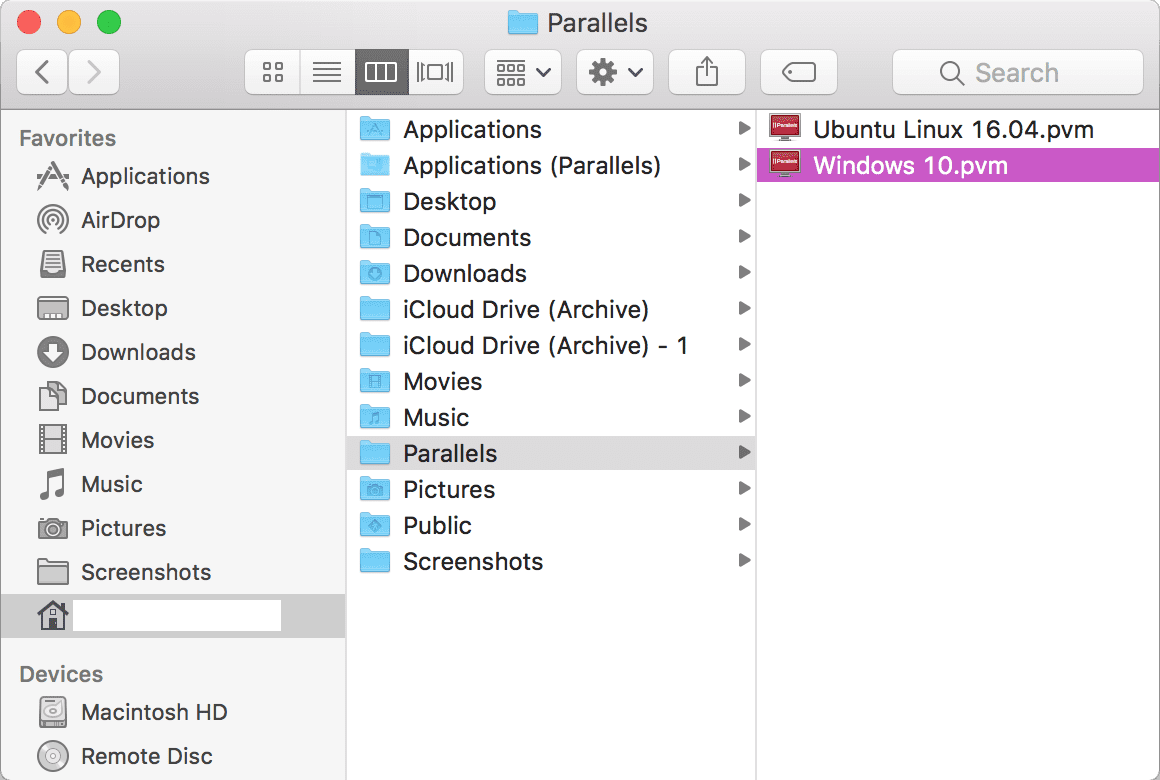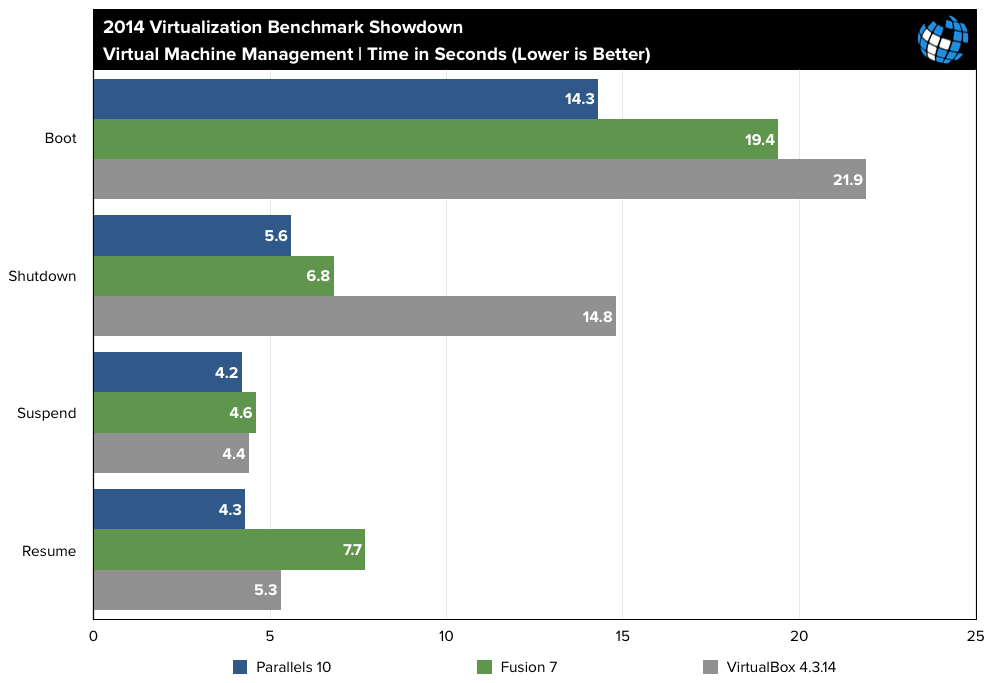
- #PARALLELS VS VM FOR MAC HOW TO#
- #PARALLELS VS VM FOR MAC INSTALL#
- #PARALLELS VS VM FOR MAC UPGRADE#
- #PARALLELS VS VM FOR MAC PRO#
- #PARALLELS VS VM FOR MAC PC#
While I don’t have a reason to use a feature like this daily, I could see where someone doing development really could take advantage of it.
#PARALLELS VS VM FOR MAC PRO#
Network ConditionerĪ feature I came across when using Parallels Desktop was the Networking Conditioner (included in the Pro edition). Resuming from auto-pause was very fast as well. If you were bouncing back and forth between macOS and Windows, this would certainly save on battery life. That is a nice experience for new users.Īuto-pausing was enabled out of the box, and that was a nice feature. With Parallels Desktop, it was just there.
#PARALLELS VS VM FOR MAC HOW TO#
That functionality was possible on VMware, but I also never investigated how to use it. Upon boot, my desktop was immediately synced from macOS over to Windows. With Parallels Desktop, I barely could tell I was running another OS. I’ve got a pretty fast Mac (3.1 I7 with 16 GB of RAM), and there were times that it was slow under VMware. The first thing I noticed was how fast everything felt inside of Parallels Desktop. Initial ImpressionsĪs I mentioned, I’ve been using VMware Fusion since the early days (version 2), so I have become accustomed to all of its strengths and weaknesses.

Even if you aren’t an IT person, Parallels Desktop walks you through each step with clear prompts. Overall, the installation process was a breeze.
#PARALLELS VS VM FOR MAC INSTALL#
You can download a trial version of Windows, install Ubuntu, or pick from a multitude of other options as well. If you don’t have an existing image, it’s certainly easy to get set up with a new OS as well. Once it was done, I booted right into Windows 10. It took under five minutes for my 44 GB image.

I opened the Vmware Fusion image in Parallels Desktop 14, and it went through the conversion process. The only thing that would have made the entire process easier is if it had offered to delete everything VMware related from my laptop after the fact. I was hoping that Parallels Desktop would be able to use this copy, and I wasn’t disappointed.

#PARALLELS VS VM FOR MAC UPGRADE#
Since I was an existing VMware Fusion user (I upgrade yearly), I already had a copy Windows 10 installed.

On a much slower PC, AutoCAD was far better. She used to own a 27″ iMac with 32 GB of ram with a 1 TB Fusion Drive, and AutoCAD would consistently crash on it.
#PARALLELS VS VM FOR MAC PC#
My sister-in-law designs commercial landscapes for a living, and while she loves a Mac, she prefers the PC version of AutoCAD. I have some legacy applications that require me to access them in Internet Explorer Classic, but others might be required to use the PC versions of Office or another Windows-specific app. If you prefer using macOS but have times where you need to access Windows or Linux only programs, you can do with ease using virtualization technology (the technical term behind what Parallels Desktop and VMware Fusion are doing. You don’t have to shut down your computer to reboot into another operating system, but rather simply launch the program and another operating system boots up. On macOS, you can use one of these apps to open a copy of Windows, Linux, or even additional versions of macOS (for testing). When I read about Parallels Desktop 14, I decided that it was time to try something new.īefore we get started, let’s talk about why you’d need an app like Parallels Desktop or VMware Fusion. I had certainly heard of Parallels Desktop before, but I jumped on the Fusion train and kept on upgrading over the years. One thing to note (and I think it makes gives my review an interesting perspective) is that I’ve used VMware Fusion (and supported it at my day job) since 2009. I’ve been spending some time with it since then, so I wanted to take the time to write about it in more detail. I wrote about the release of Parallels Desktop 14 a few weeks ago.


 0 kommentar(er)
0 kommentar(er)
